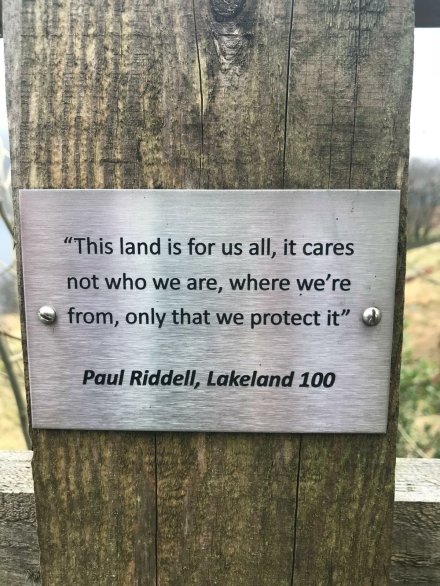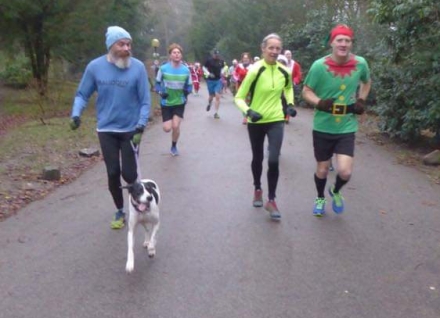Anyone following this blog will know that I like to run. Another clue is in the name of my blog. Amazingly enough though, despite all of the events that I’ve done, I’ve only completed one marathon on it’s own. I have run marathons as part of triathlons, and I have run a couple of ultra runs. If I include Ironman distance races and ultra runs I’m up to 11 marathons.
The book in this blog by Nicholas is definitely NOT a guide or a ‘how to’ manual. This is one man’s obsession with completing 100 marathons and along the way trying to drink himself to oblivion. Did I mention that I have a new Kindle (read about it here)? This book was available for a few days for free. Happy days.

Everything that could possibly go wrong does go wrong at some point for our ‘hero’, unfortunately most of the mistakes are self inflicted. Getting drunk the night before a marathon, losing race info, losing timing chip or race number, not knowing where the race starts and most importantly, not learning from these mistakes.
Nick seems to suffer from chaffed nipples. Most of us have at some point. Instead of ensuring he has vaseline or plasters, he just continues to run without protecting them, often finishing races with a blood soaked running vest. Another time saw Nick buying the cheapest running shoes from Sports Direct because he had lost all of his kit, and lost his debit card and only had a limited amount of cash. He also doesn’t understand pacing. He likes to go off as hard and as fast as possible and then try to hang on. This can work for a 5km and maybe for a 10km, but not a marathon and especially not when trying to complete the 152 mile Spartathon.
The stories in this book are varied and very funny, but I couldn’t help but think by the time he was running his 80th marathon that maybe, possibly, he could manage the night before without a skinful. I also enjoyed reading about his exploits all over the world, as his job takes him to Australia for a couple of years, along with Dubai. Despite all of this, Nick is actually a half decent runner, generally finishing top ten in the smaller races, and often well under 3 and a half hours. The 100 marathons also includes a smattering of ultra races for good measure.
A laugh out loud book albeit slightly frustrating. How good could Nick be with the right training? As I snagged this book for free I wasn’t expecting too much, but I was pleasantly surprised. Unfortunately is does also appear that the book is no longer available for your Kindle, which is a shame.



















You must be logged in to post a comment.